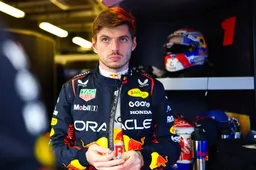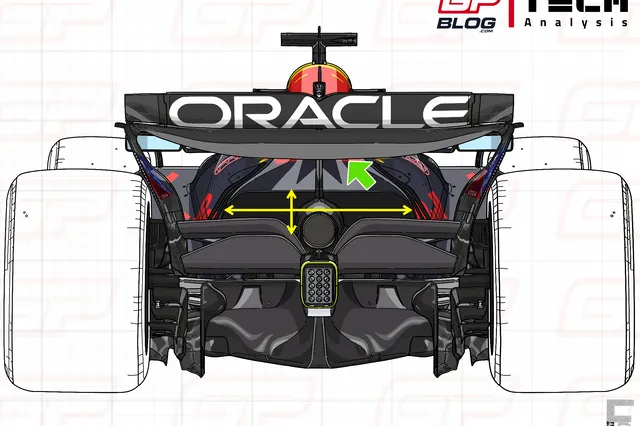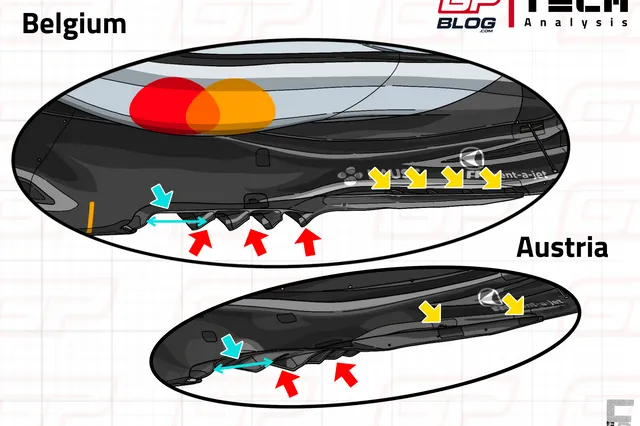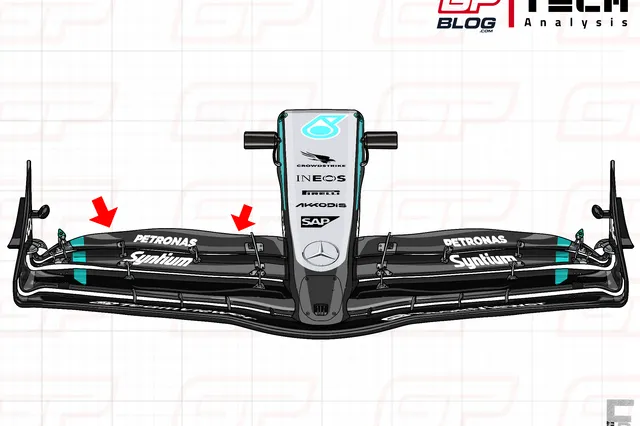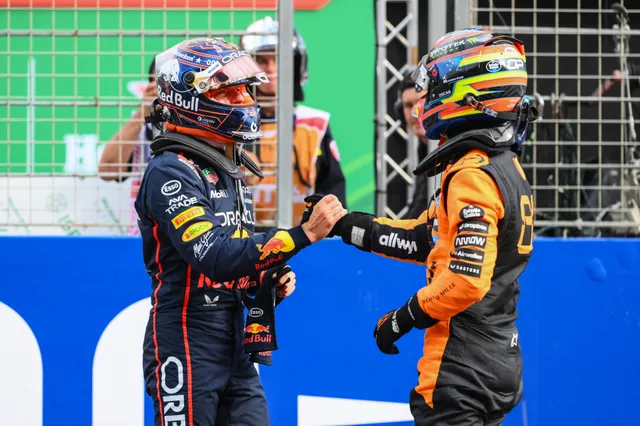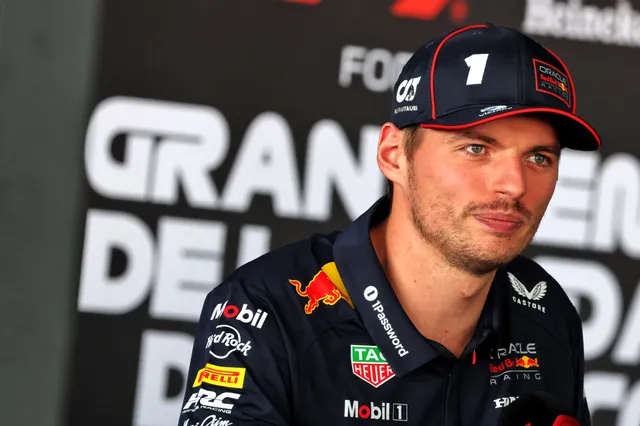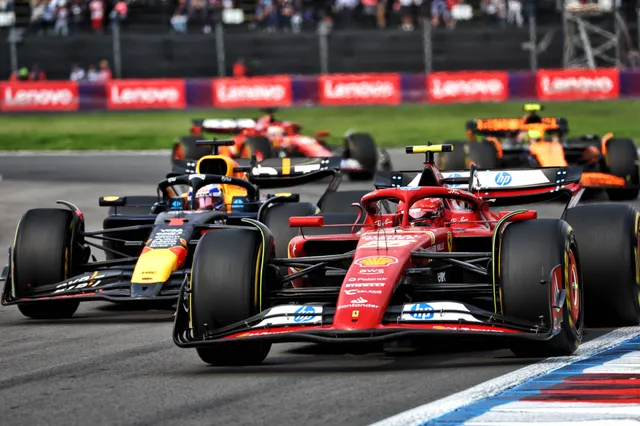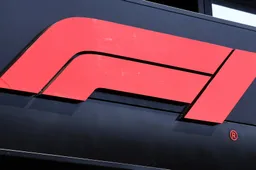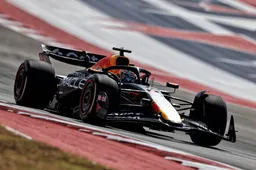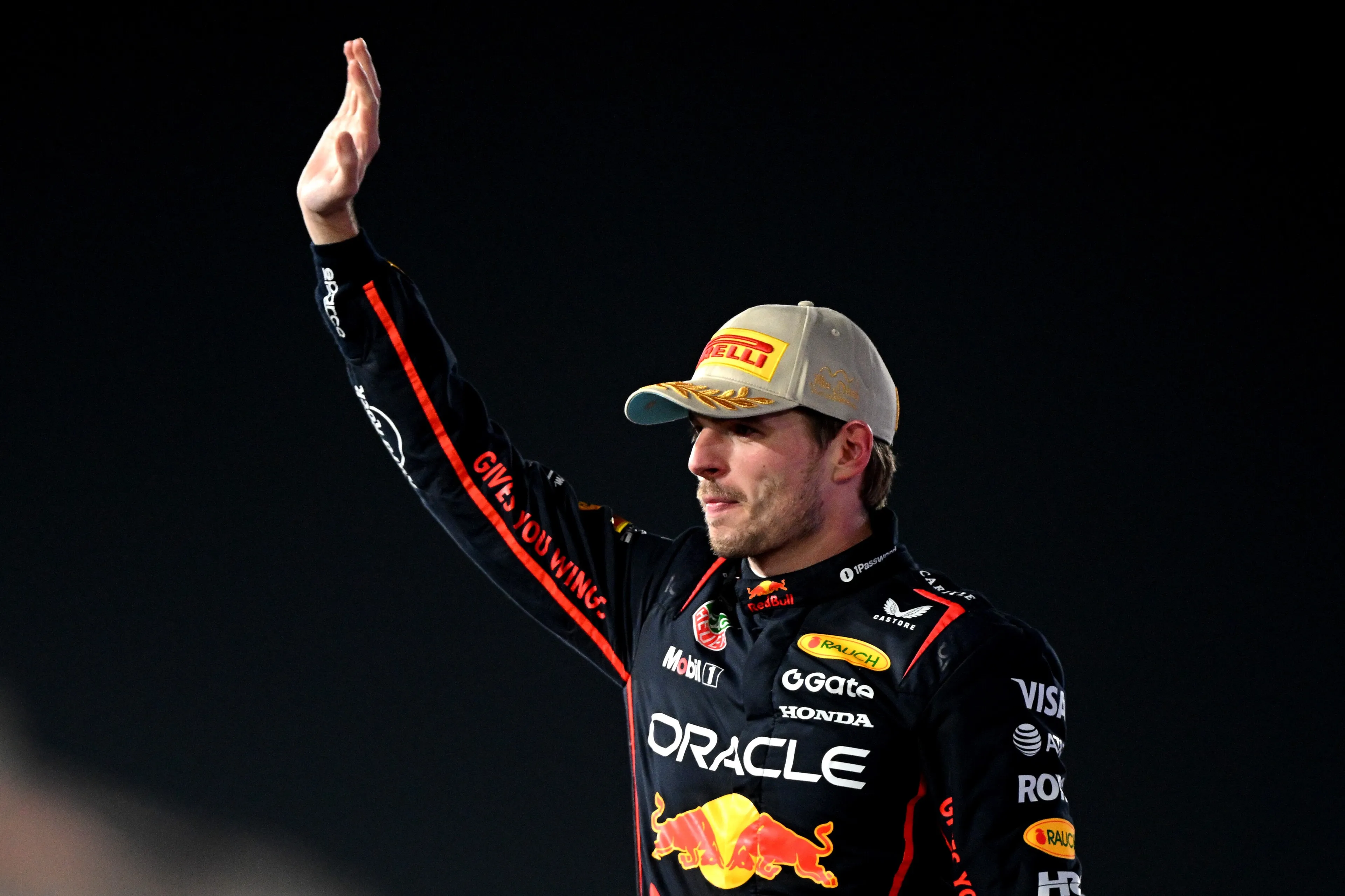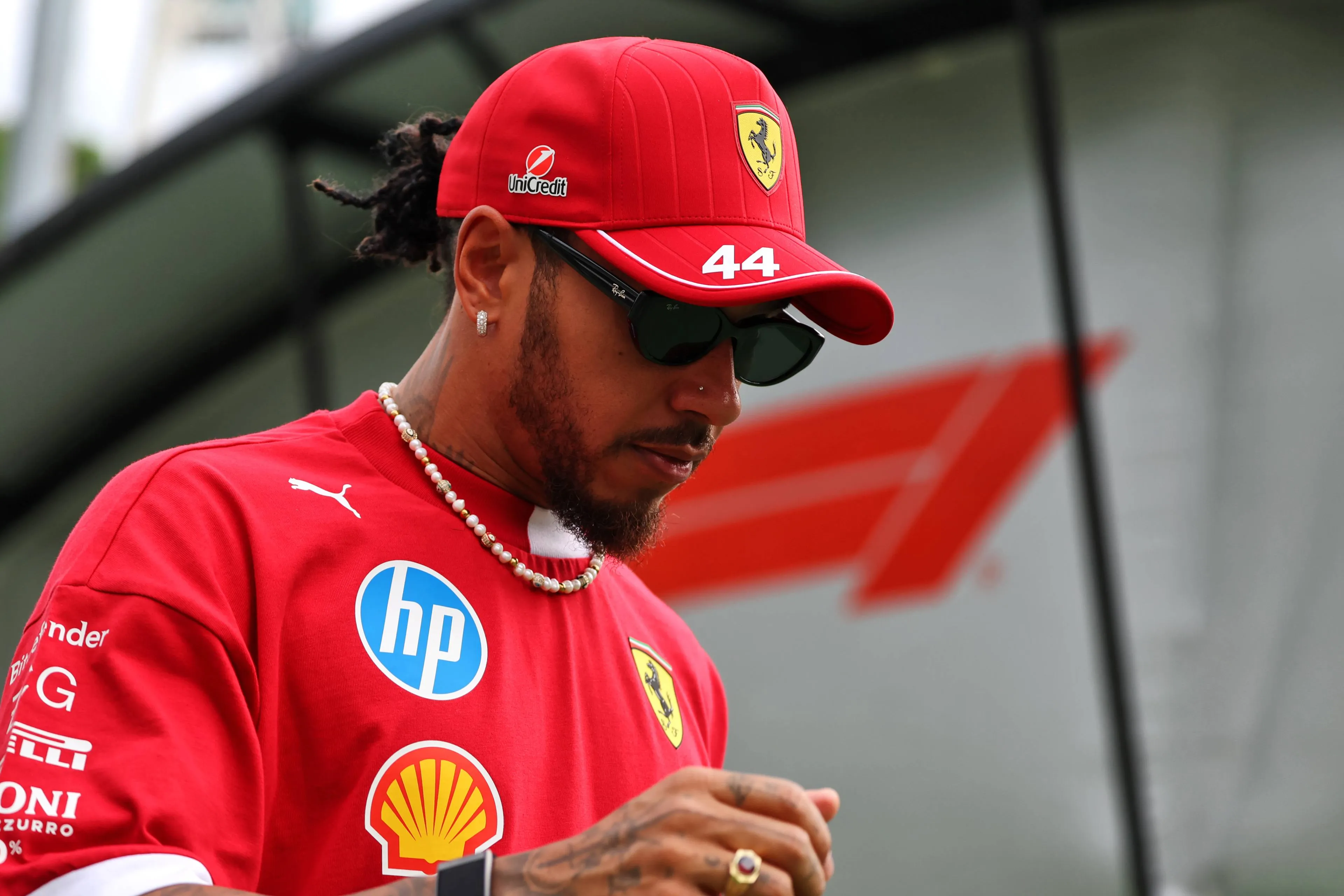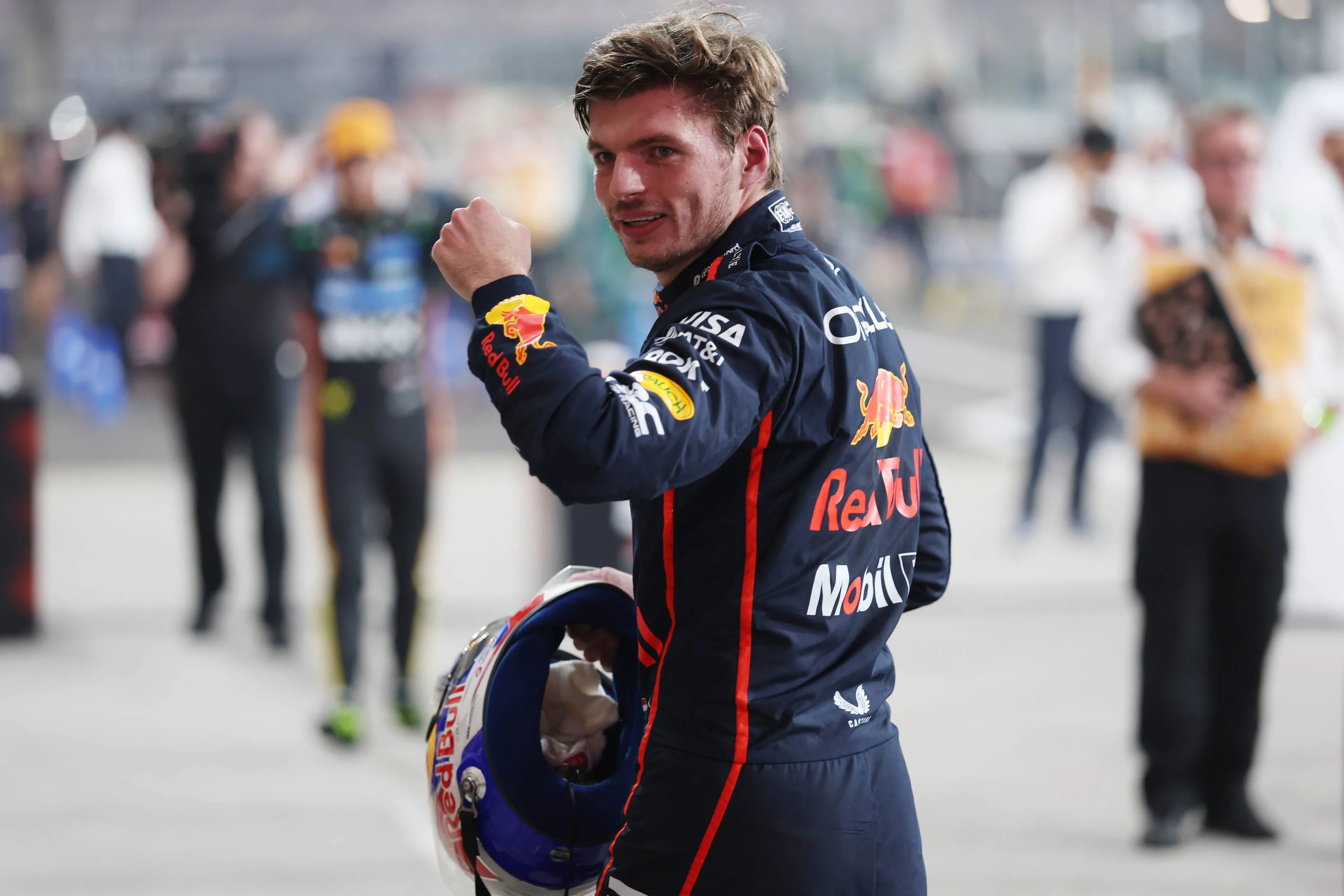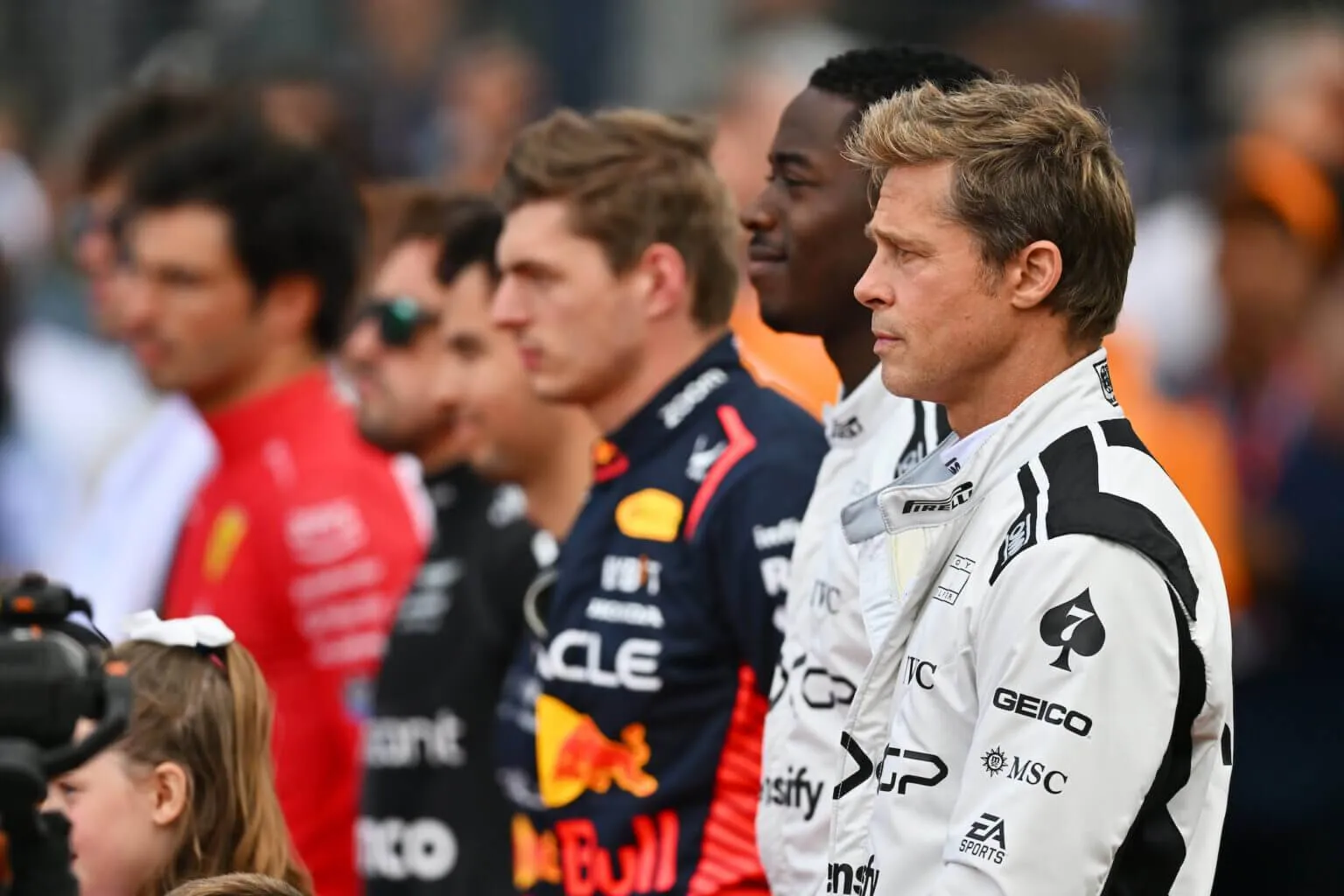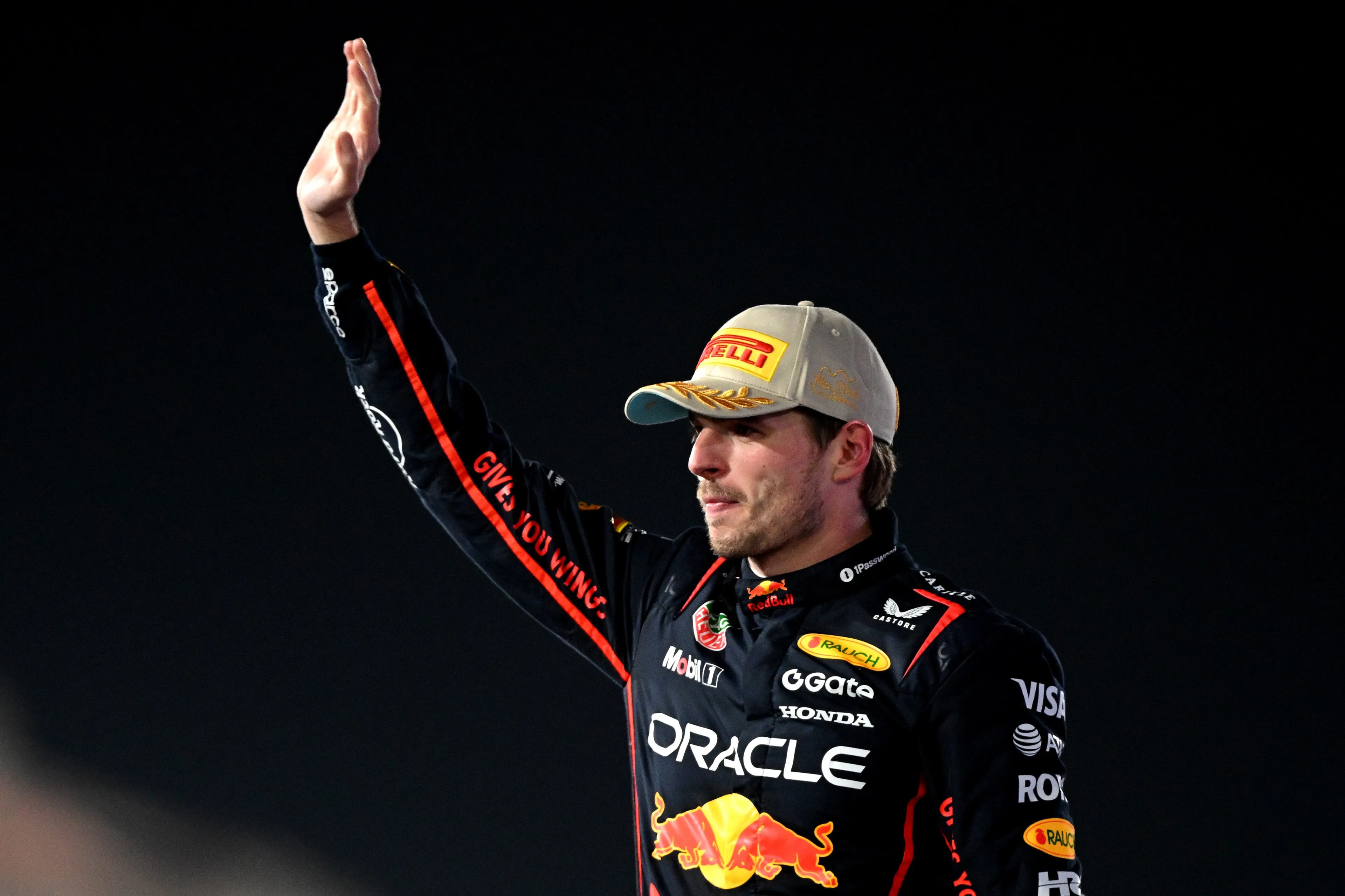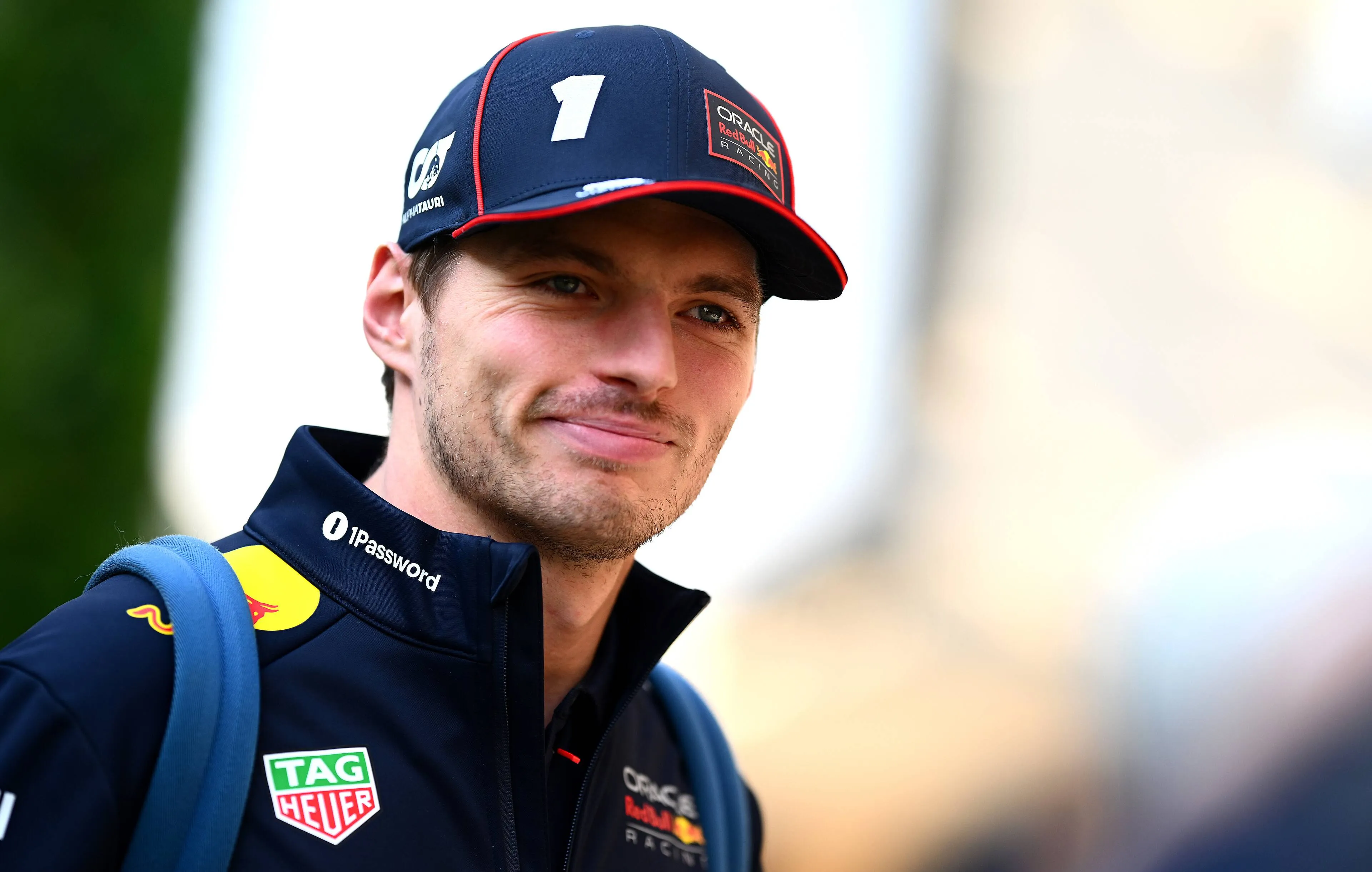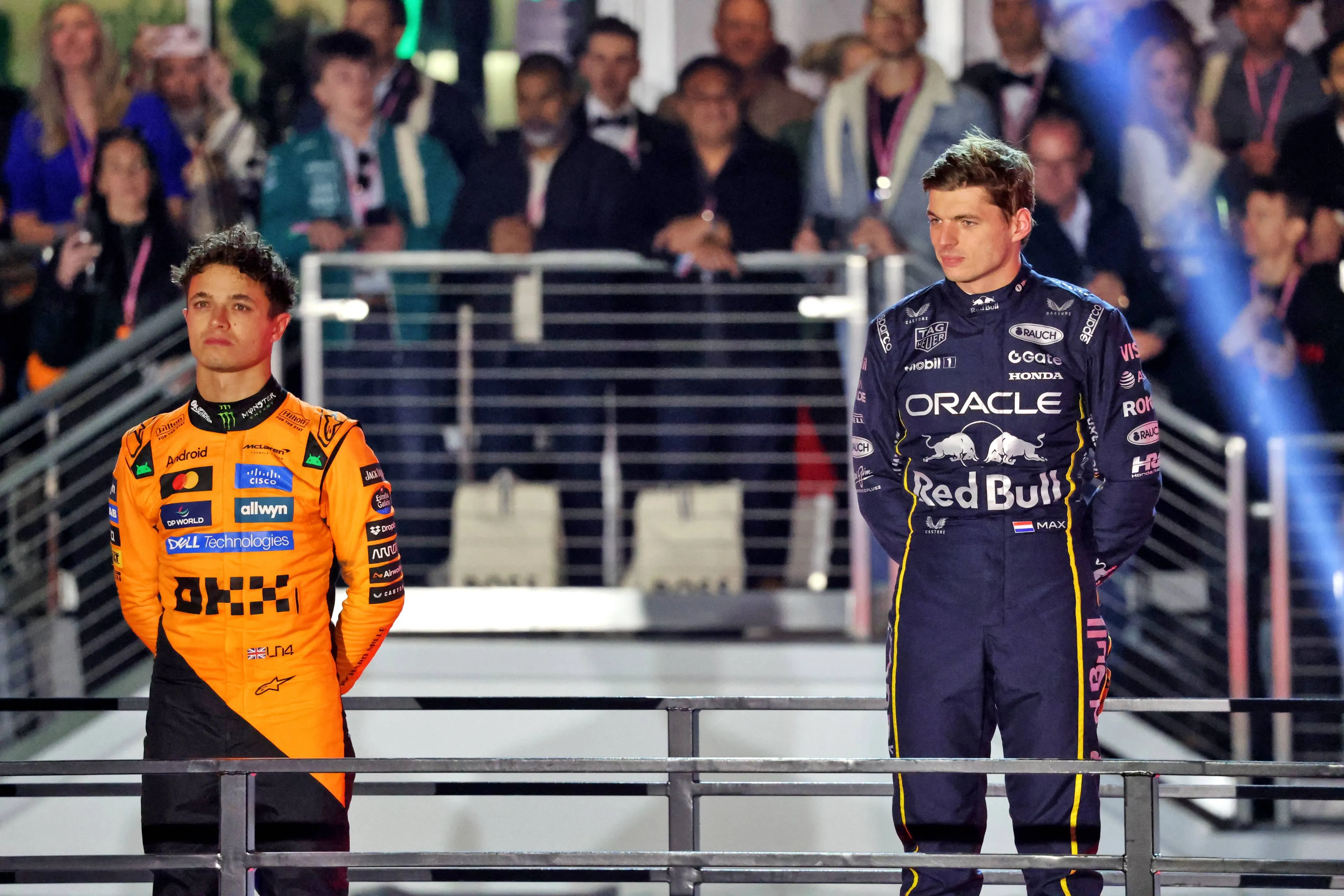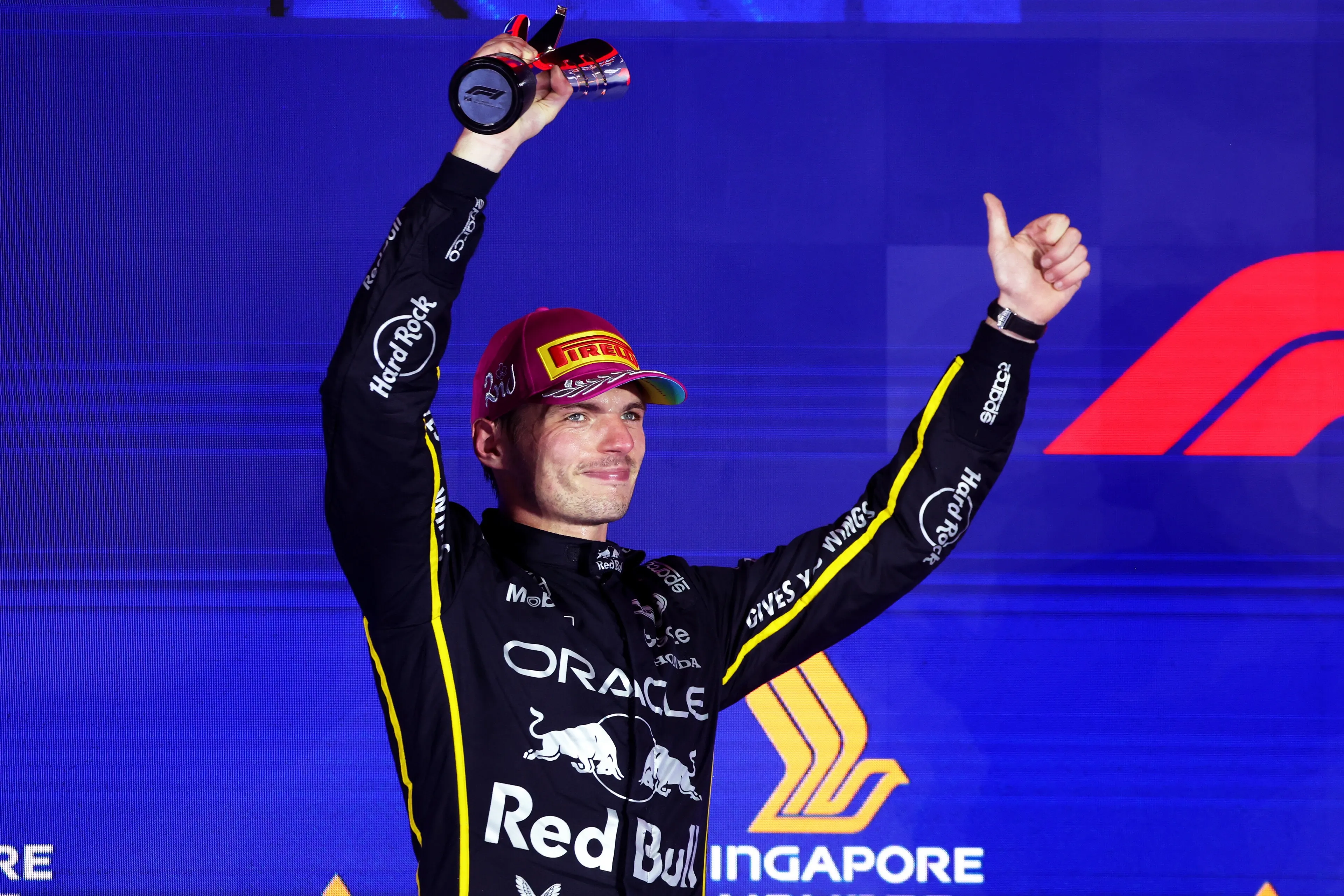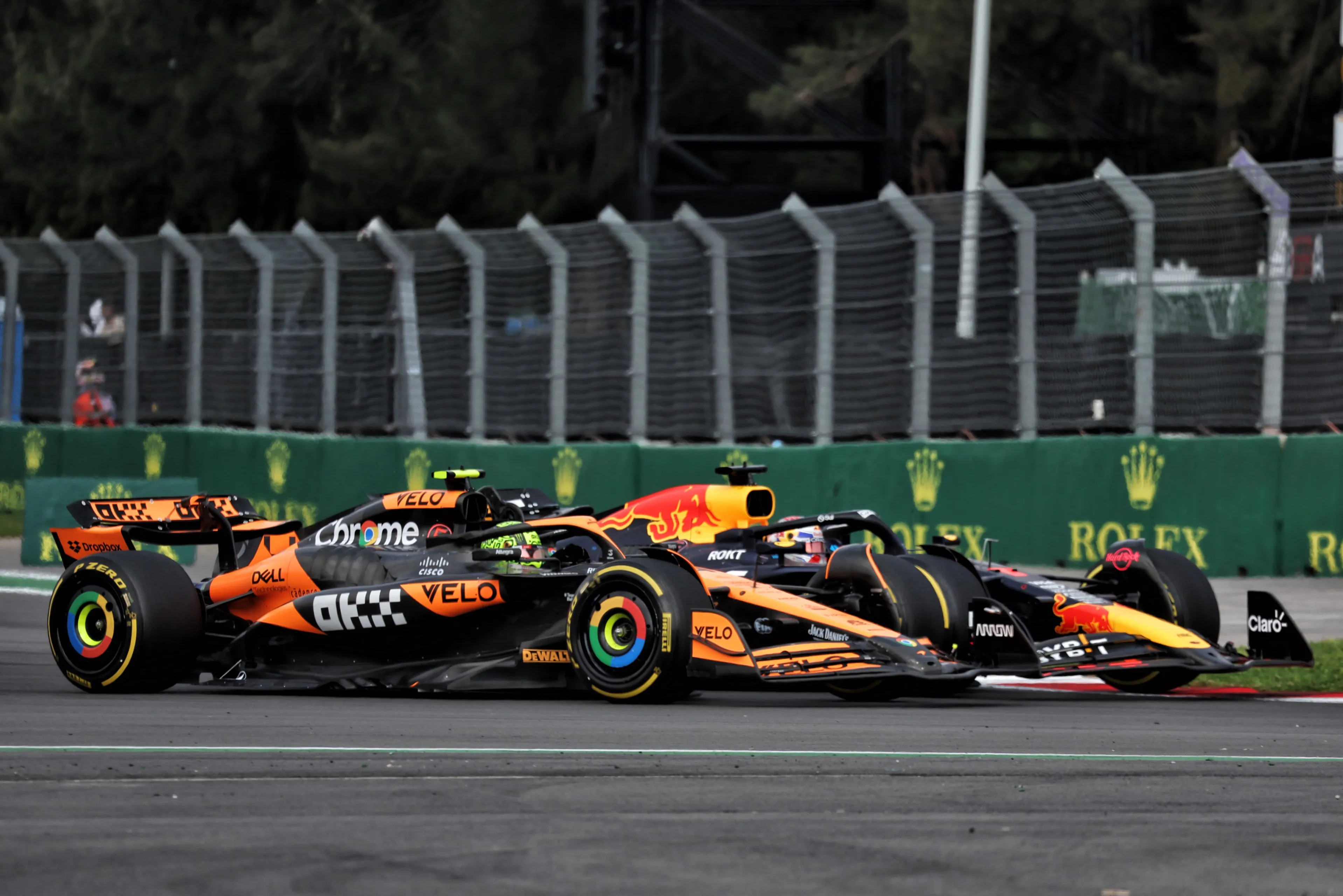
F1 Tech | Why McLaren should come back to top form in Mexico
The high altitude and importance of cooling should help McLaren fight for victory again in Mexico.
After a very difficult weekend last time out in Austin, McLaren is expected to come back to top form on a track that should exploit all the MCL39’s strengths.
The high altitude requires maximum downforce wings and a very good cooling system, as well as an optimal tyre management over the race distance.
A weakness for them could be the pace management in qualifying, which is exactly where they’ve lost out to Red Bull during the last three weekends.
Thin air and cooling the main challenges in Mexico
The Autodromo Hermanos Rodriguez represents a unique challenge for all teams due to its location: being 2200 m above the sea level, the air is less dense, which is a negative aspect both for cooling and performance.
Having a lower density means that the air molecules are much further apart from each other, with more empty space in between. This means that, for the same volume of air, there are less air molecules in Mexico City than there would be at the sea level.
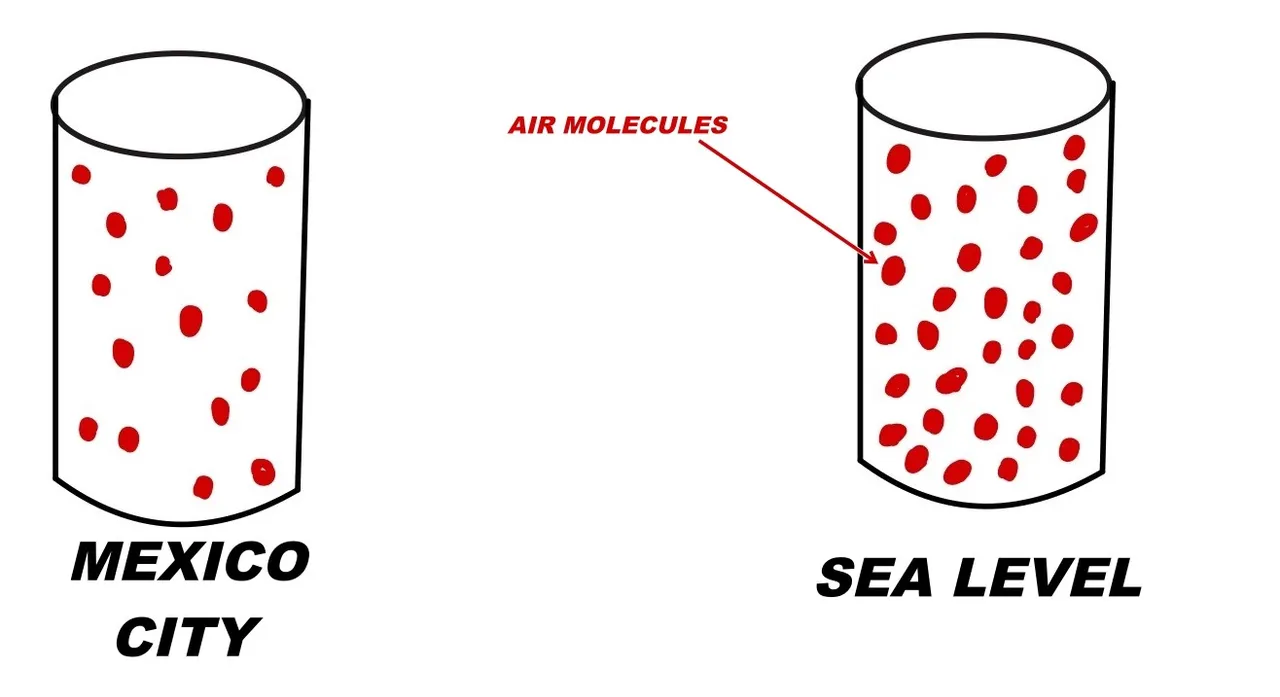
As a consequence, there is a fewer amount of air available foir the car to use to optimise its performance, reducing the downforce generated by around 35%/40%, together with the air entering the radiators. To compensate for the loss of downforce, teams usually adopt Monaco downforce wings, to generate as much vertical load as possible.
Moreover, they also run their engines with more conservative engine modes to prevent that, the reduced amount of air could damage them. To solve the cooling issues, teams always adopt larger engine covers and big fins on the sides to dissipate as much heat as possible from the Power Unit, even if this has a negative impact in terms of aerodynamic efficiency.
For what concerns the layout, the Mexican Circuit offers a good balance between slow speed corners and medium speed corners: the first sector is characterised by long straights and slow speed chicanes, where drivers need to aggressively attack kerbs.
The second sector has a series of medium and high speed corners, where a good front-end and a great level of downforce are required.
The last section of the track is the most technical: the Stadium section is made of a series of super slow speed corners, where an optimal mechanical grip is required, together with a soft mechanical suspension system, to attack kerbs and gain time.
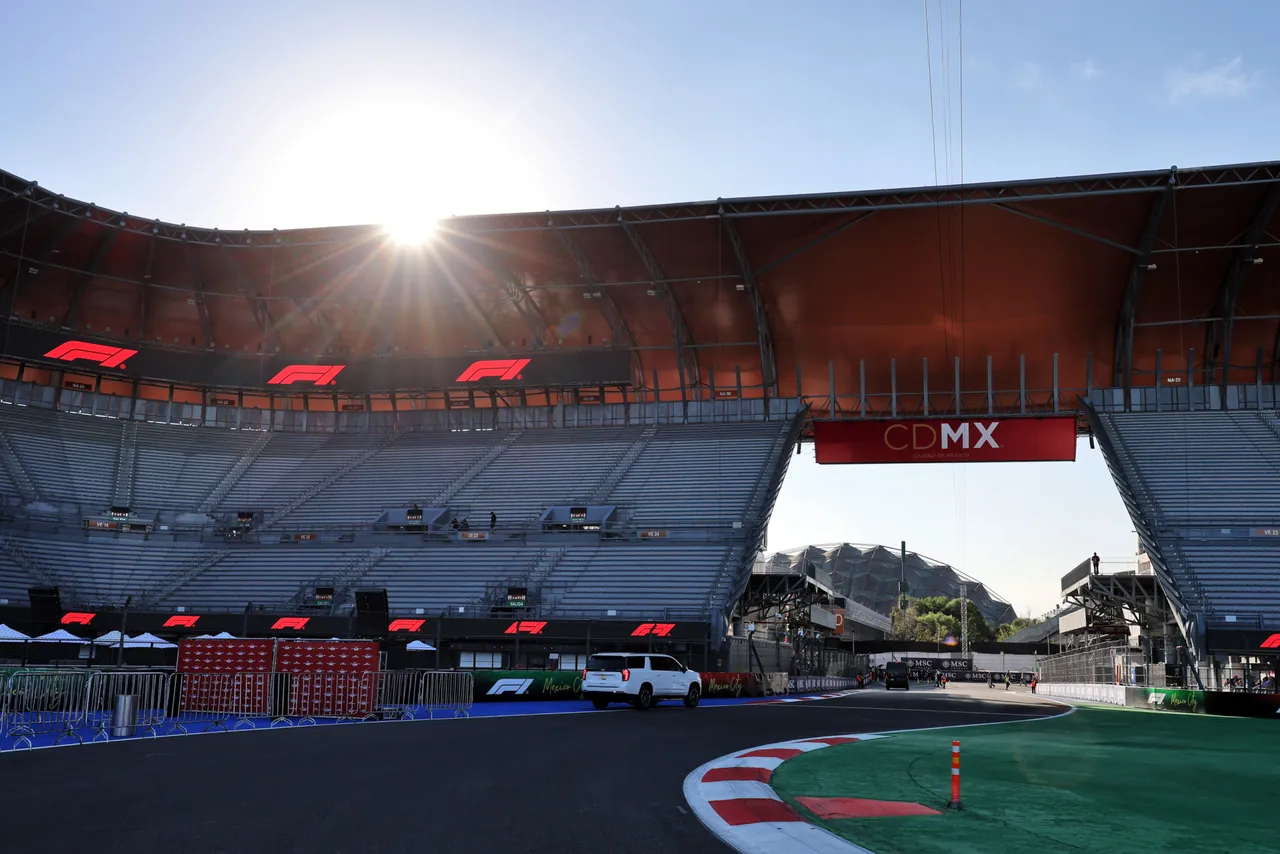
From the tyre point of view, the thin air also reduces the air’s cooling effect on tyres, meaning that they overheat quite quickly, especially on high fuel load and in dirty air.
Moreover, since the grip level of the asphalt is usually quite low, graining appears on the front tyres, as the surface of the tyre gets hotter while the core temperature is still cool, causing the rubber to come off the thread in slow speed corners.
This aspect makes tyre wear particularly severe especially on softer compounds, as teams are likely to use harder compounds to limit this phenomenon during the race.
For this reason, Pirelli will skip compounds again for the Mexican Grand Prix, with the soft C5, the medium C4 and the hard C2 as selected tyres. The C5 is expected to be used only in qualifying, as it provides a good level of grip on a track that is usually very slippery, while the medium and the hard should be the favourite tyres for the race on Sunday.
Since tyre wear on these compounds is usually quite low, all teams should adopt a single stop strategy, but Safety Cars could shuffle the teams’ plans around during the race.
McLaren and Red Bull with similar race pace
For what concerns the teams’ performance, McLaren should be able to have a more linear weekend in Mexico: with three free practices available and a track that should perfectly suit the MCL39, the team can hope to bounce back after the negative momentum from the past few races.
From a technical point of view, the MCL39 has always been able to express a high level of downforce from the bodywork and the Venturi channels and this is a fundamental aspect in Mexico, as more downforce always translates into more performance.
Moreover, they’ve always run their car much closer to the ground than competitors even in hot conditions, thanks to their optimal cooling system and this should allow them to have a much better efficiency, translating into higher top speeds on the straights and more power available from the Power Unit.
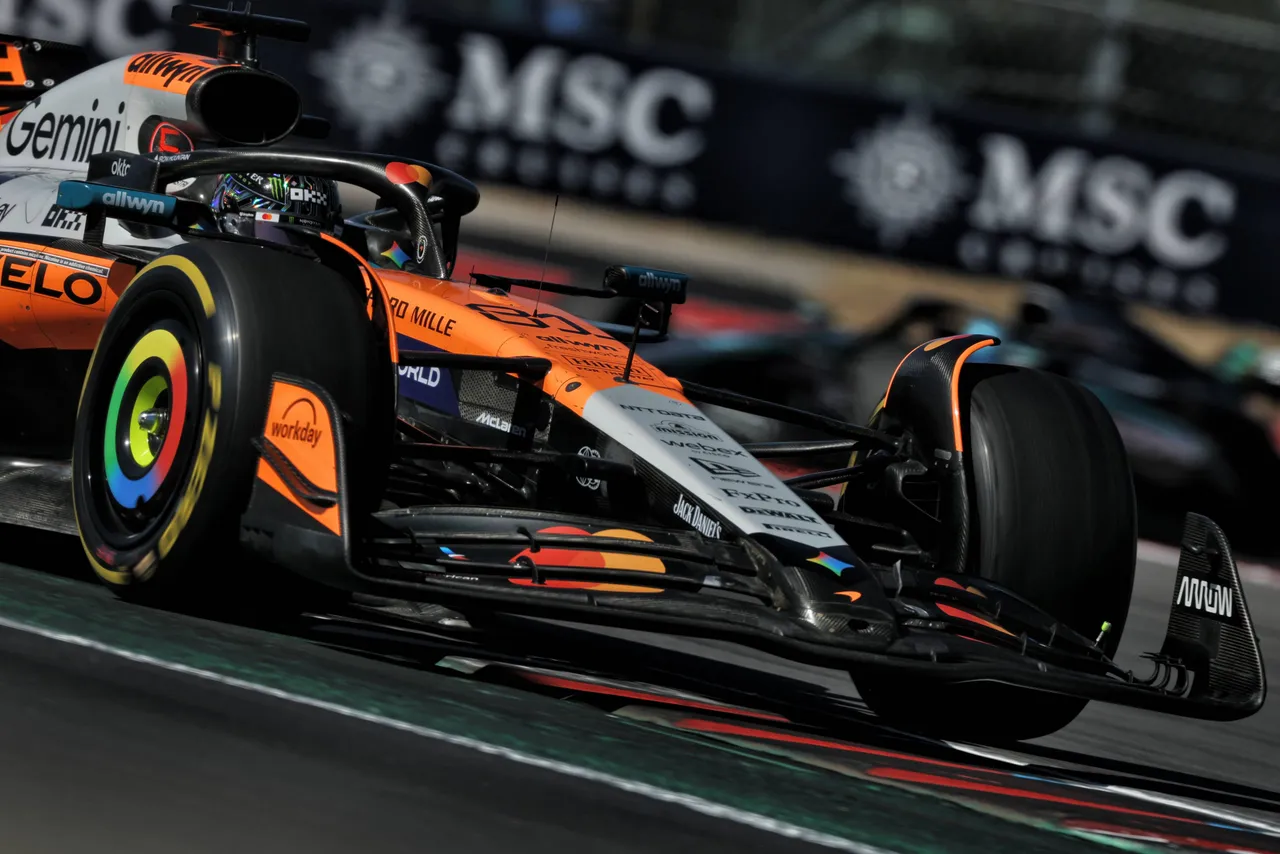
Mexico will be an important test also for Red Bull Racing: in the last few rounds, the updated RB21 has been quicker than McLaren especially in qualifying, but not in terms of race pace. If we think about races like Singapore and Austin, in fact, Red Bull and Verstappen had a nice gap to Norris and Piastri in qualifying, thanks to a better preparation and exploitation of the soft tyre.
However, in terms of race pace, McLaren still demonstrated to be really tight if not slightly in front of Verstappen: in Singapore, Norris spent his whole second stint within a second of Verstappen, without being able to pass him and in Austin, despite being slowed down by Leclerc, he demonstrated to have a very similar pace to Verstappen once in clean air.
An aspect that could favour Red Bull in Mexico is the turbo: compared to their rivals, Red Bull’s Power Unit has a larger turbine, which collects more exhaust gases, providing more power for the compressor to compress more air and direct it into the combustion engine.
Thus, Red Bull’s cars have always been particularly strong in Mexico, even if it’ll be important to also show a concrete performance in other areas to fight for the victory this weekend.
Read also
Ferrari and Mercedes could be the surprise of the weekend
Moving now on to analyse Mercedes and Ferrari weekend, the Autodromo Hermanos Rodriguez is probably not the best for their cars: for what concerns Mercedes, the very hot conditions and the great stress put on the Power Unit could push the engineers to adopt more conservative engine modes, which affects performance. However, the long straights and the last sector could exploit the W16’s strengths in the traction zones and short corners.
Read also
For what concerns Ferrari, the conditions and the layout of the Mexican Circuit are probably not the best for the SF-25, despite their victory 12 months ago.
In terms of layout, Ferrari could demonstrate some of their potential in the middle part of the lap, but the SF-25 should struggle more in the first and third sector, where kerbs need to be attacked with confidence to gain lap time.
As we’ve already pointed out in previous analyses, their car has a weaker mechanical system compared to McLaren and Red Bull, which doesn’t make it particularly competitive in the slow speed corners.
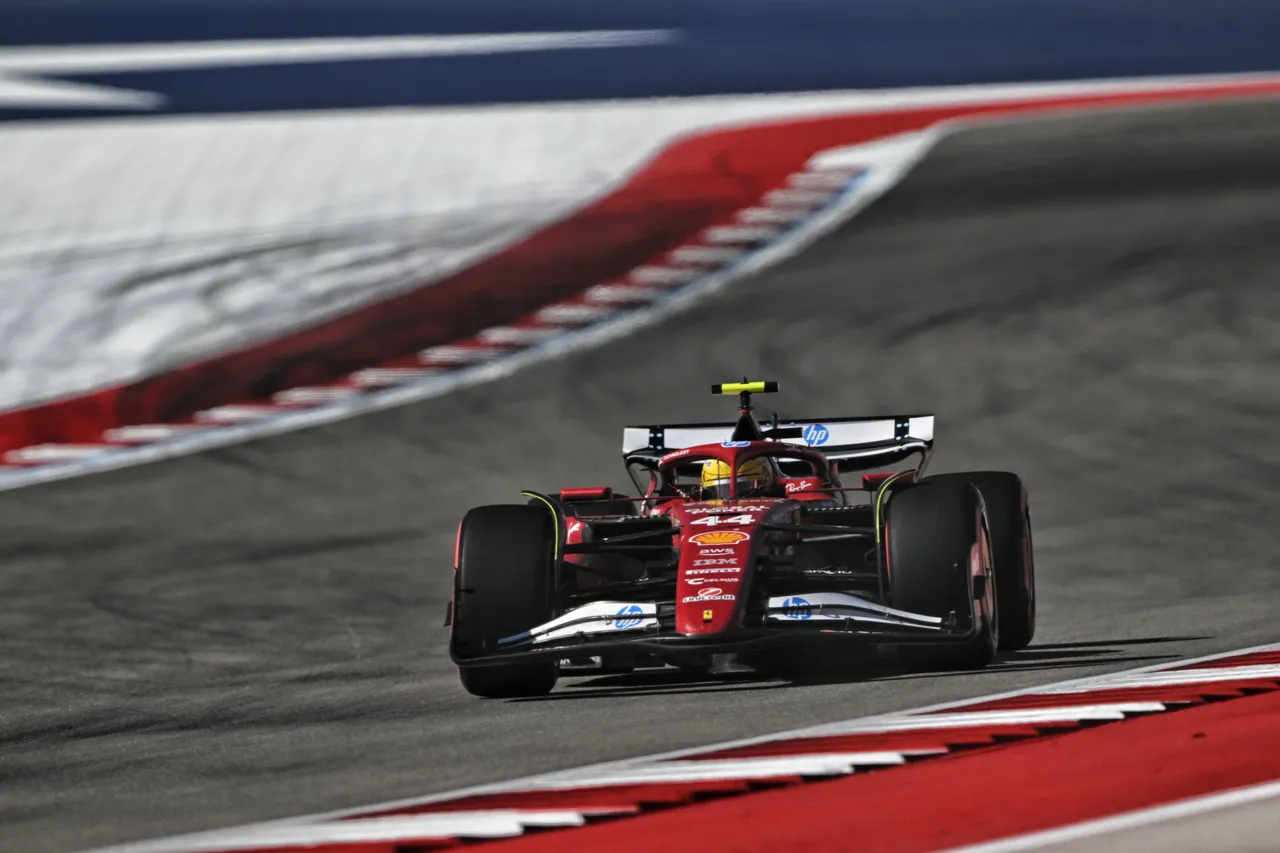
However, the good performance showed last time out in Austin could be a positive push for the whole team: despite the very difficult start of the weekend, Ferrari’s engineers worked on differential and brake-by-wire settings during the Sprint race, to then improve the balance of the car between the Sprint and the main qualifying.
This allowed Leclerc and Hamilton to qualify in P3 and P5 respectively, and to confirm their strong Saturday pace in the main race.
For them it’ll be important to optimise the set-up during this weekend as well, so that it can allow both drivers to feel much more confident with their car and express a more positive performance during qualifying, which is where the SF-25 has been struggling the most.
In conclusion, another weekend of racing is about to start and it’ll be very interesting to see the top teams’ choices from the technical point of view to suit their cars to such a complex and though layout.
Read also
Popular on GPBlog

Verstappen makes the switch to Mercedes and is therefore in Portugal

Button's 'wish' comes true! Alonso will become father in 2026

Hill: 'Hamilton on his way out, Verstappen is now the F1 grid's target'
